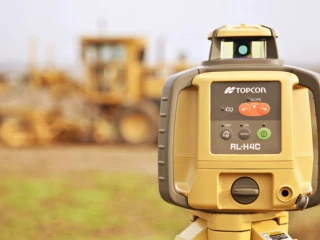Automating and connecting for efficiency gains
Currently, all cloud apps on the new platform automate logistics execution business functions. “One example is load registration and documentation by truck drivers and forklift operators. Personnel can now scan codes, take pictures and register information in an intuitive way using their smartphones or tablets,” Bernard continues. “We also have an app for making quotations, and a self-service portal that users can access from anywhere to input information about customers, vendors and materials into the ERP system.”
“It’s clear that processes are drastically more efficient,” Bernard explains. “We went from manual to automated, integrated online data processing. We’ve stepped away from the old-fashioned approach to computing into a more intuitive, responsive environment – and reap the benefits of higher security and automatic backups, upgrades and maintenance.”
/Case_JorisIde_720x360-(1).webp?mode=autocrop&w=320&h=240&attachmenthistoryguid=c6f6d289-e8e5-401d-ae9d-6ebd5c9daaec&v=&c=b0d074a60cc7c7adb582d74e628f5298eae402446c1acfc8f80f62d5be83b0ec)

/Renson-Website-750x400-(1).webp?mode=autocrop&w=320&h=240&attachmenthistoryguid=c1f35ef2-7e1e-41fd-b3cb-ab3636ccb69a&v=&c=816418ad0ab6542dca22babf431133f48d610787868738d4994c1e552697fc8b)
